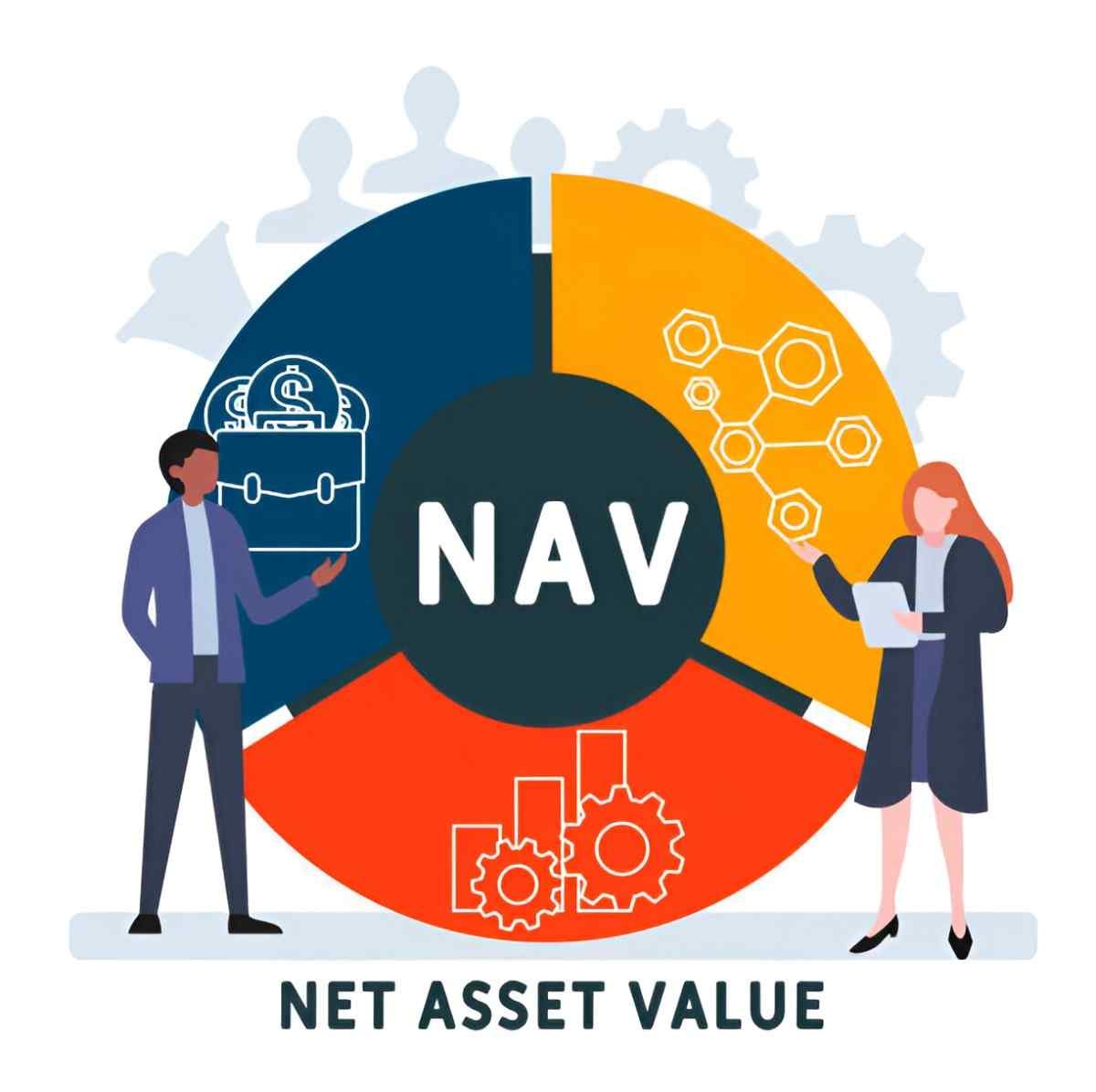As a finance expert, I often get asked whether mutual fund expense ratios are deducted from the Net Asset Value (NAV). The answer is yes—expense ratios reduce the NAV over time. But how exactly does this work? Let’s break it down in detail.
Table of Contents
Understanding Mutual Fund Expense Ratios
An expense ratio represents the annual cost of managing a mutual fund, expressed as a percentage of the fund’s average assets. It includes:
- Management fees – Compensation for fund managers.
- Administrative costs – Operational expenses like record-keeping.
- 12b-1 fees – Marketing and distribution costs.
The expense ratio directly impacts investor returns because it is deducted from the fund’s NAV daily.
How Expense Ratios Reduce NAV
The NAV of a mutual fund is calculated as:
NAV = \frac{Total\ Assets - Total\ Liabilities}{Number\ of\ Outstanding\ Shares}Expenses are accrued daily and subtracted from the fund’s assets. If a fund has an expense ratio of 1%, the daily deduction is approximately:
Daily\ Expense\ = \frac{1\%}{365}Example Calculation
Suppose a mutual fund has:
- Total Assets = $100 million
- Total Liabilities = $5 million
- Outstanding Shares = 10 million
- Expense Ratio = 1%
The initial NAV is:
NAV = \frac{100,000,000 - 5,000,000}{10,000,000} = \$9.50After one day, the expense deduction is:
Daily\ Expense = 100,000,000 \times \frac{0.01}{365} \approx \$2,739.73The new NAV becomes:
NAV = \frac{100,000,000 - 5,000,000 - 2,739.73}{10,000,000} \approx \$9.4997Over time, this daily compounding reduces returns.
Comparing High vs. Low Expense Ratios
Let’s see how different expense ratios affect long-term returns. Assume two funds with identical pre-expense returns:
| Fund | Expense Ratio | 10-Year Return (Before Expenses) | Final Return (After Expenses) |
|---|---|---|---|
| Fund A | 0.25% | 7% | 6.75% |
| Fund B | 1.50% | 7% | 5.50% |
A 1.25% difference in expense ratios leads to a significant divergence in final returns.
Are Expense Ratios Worth It?
Higher expense ratios don’t always mean better performance. Index funds often have lower expense ratios (0.03%–0.20%) and outperform many actively managed funds with higher fees (1%–2%).
Case Study: Vanguard S&P 500 ETF (VOO) vs. Active Large-Cap Fund
| Fund | Expense Ratio | 10-Year Annualized Return |
|---|---|---|
| VOO (Index) | 0.03% | 12.5% |
| Active Fund X | 1.20% | 11.0% |
The lower-cost index fund delivered better returns despite minimal fees.
Tax Implications of Expense Ratios
Since expenses are deducted before NAV is calculated, investors don’t pay taxes on them directly. However, higher expenses reduce overall returns, which may lead to lower capital gains distributions.
How to Minimize the Impact of Expense Ratios
- Choose low-cost index funds – They typically have lower expense ratios.
- Compare funds in the same category – A high expense ratio isn’t justified if performance lags.
- Monitor expense trends – Some funds reduce fees over time due to economies of scale.
Final Thoughts
Expense ratios silently erode returns by reducing NAV daily. While some costs are unavoidable, minimizing fees can significantly enhance long-term wealth. Always scrutinize expense ratios before investing—your future self will thank you.





